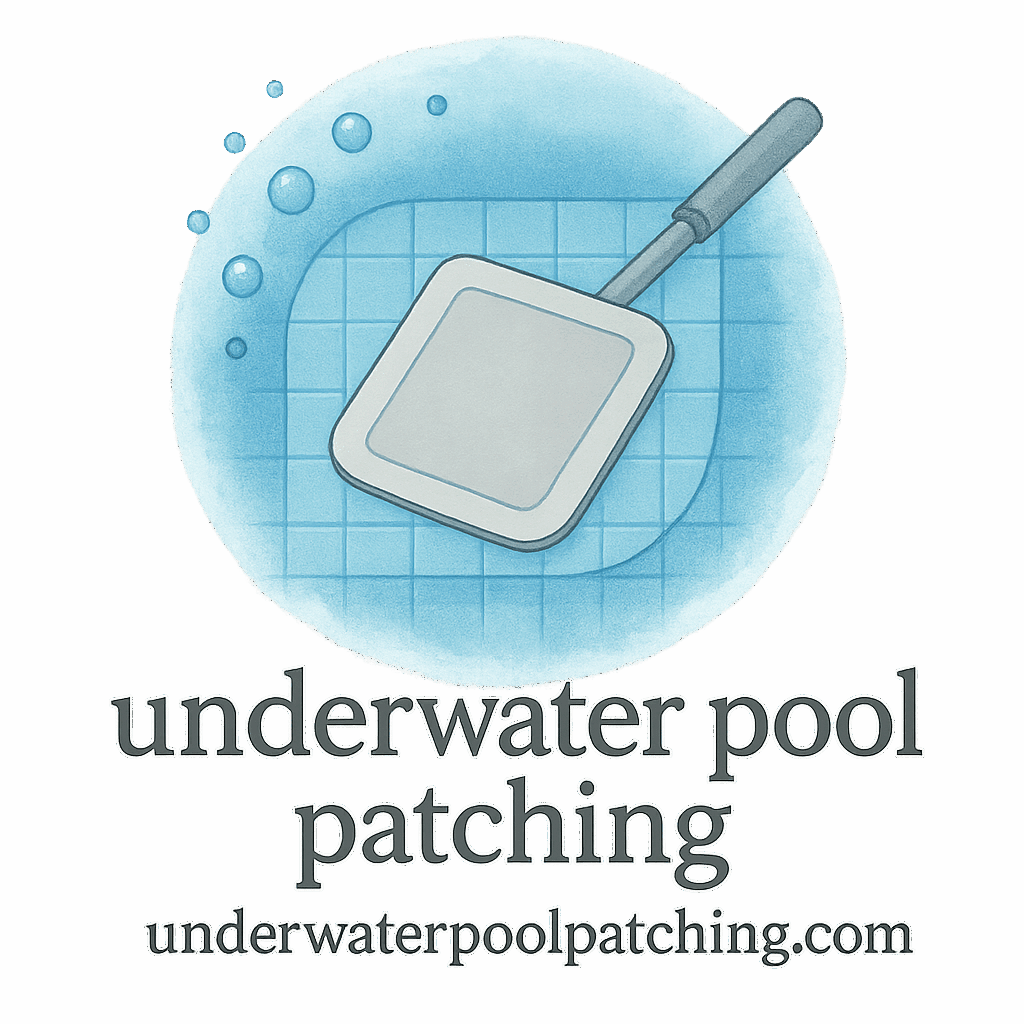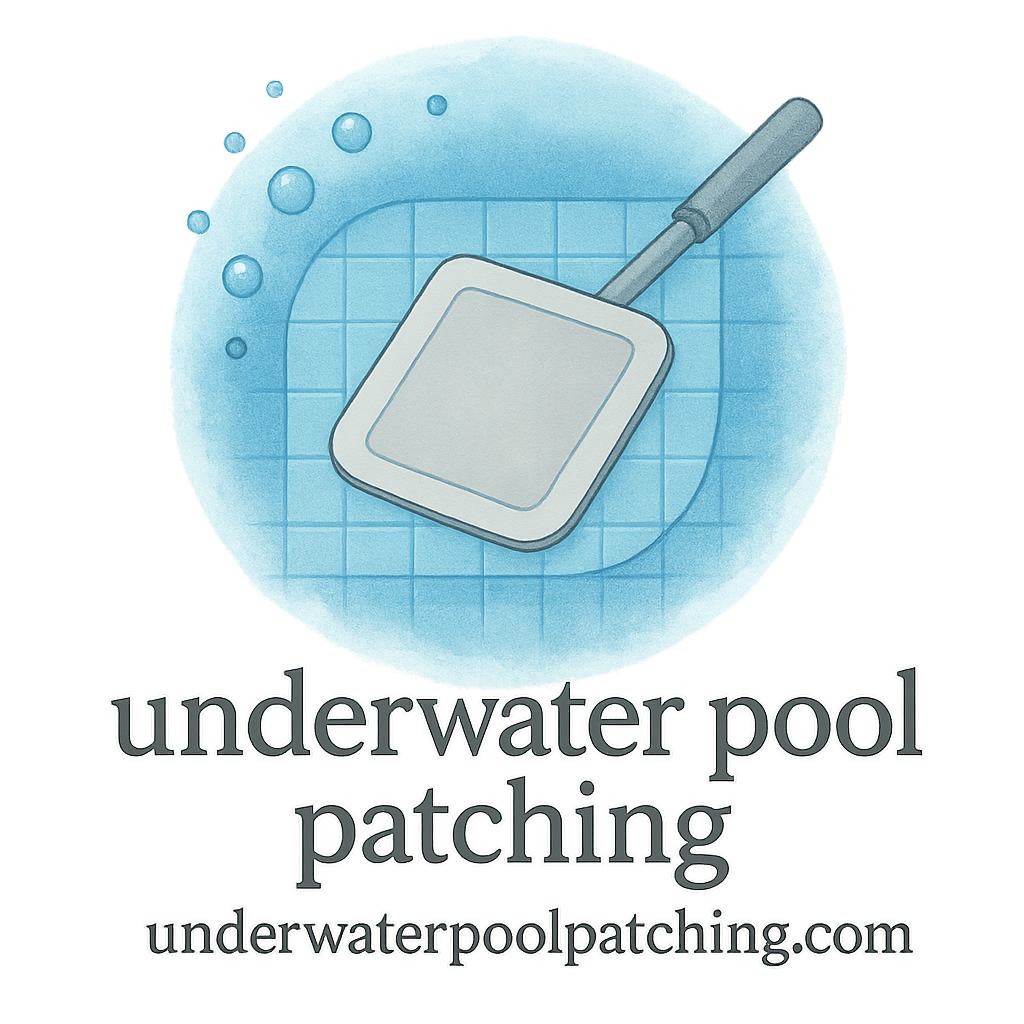Let’s face it—your pool takes a beating. Between rowdy kids, sharp pet claws, pool toys, and natural wear from water movement, certain areas of your pool are more vulnerable than others. These high-wear zones need ultra-durable patches, not just a quick fix.
In this guide, we’ll dive deep into the 6 ultra-durable patches for high-wear underwater pool areas, so you can stop worrying about leaks and start enjoying your pool again.
Why High-Wear Areas Deserve Special Attention
High-wear areas like steps, corners, skimmer edges, and drain surrounds are constantly exposed to friction, water pressure, and chemicals. That’s why a basic patch just doesn’t cut it.
You need patches that can withstand:
- Constant foot traffic
- High-pressure water flow
- Pool cleaning equipment
- Sunlight and chemical exposure
Understanding Underwater Pool Patch Durability
What Makes a Patch “Ultra-Durable”?
It’s not just marketing fluff—”ultra-durable” means resistant to the elements and long-lasting under tough conditions. Look for patches that offer:
- Long-term adhesion
- Flexibility under pressure
- Resistance to chlorine, UV, and shifting surfaces
The Role of Materials in Patch Strength
A patch is only as good as what it’s made of. Quality materials make the difference between a patch that lasts one month and one that lasts for years.
UV Resistance
UV rays penetrate water and break down weak patch materials over time. Choose UV-stabilized materials like polyurethane or marine-grade epoxy.
Pressure Tolerance
Patches in high-pressure areas, especially near water returns or jets, need to resist being blown off.
Longevity Underwater
Not all materials are suited to constant submersion. Underwater patches must remain flexible and adhere well even after months or years underwater.
Key Considerations Before Choosing a Patch
Pool Surface Compatibility
Make sure the patch material matches your pool’s surface—concrete, fiberglass, vinyl, or tile. Applying the wrong material can make things worse.
Water Chemistry Factors
Acidity and chlorine levels can eat away at weak patches. It’s crucial to balance your pool chemistry and use patch types that resist chemical damage.
Budget and Cost-Saving Options
Good patches don’t have to be expensive. You’ll find budget-friendly yet tough options throughout this list. And don’t forget to explore cost-saving tips.

Top 6 Ultra-Durable Underwater Pool Patches
1. Marine-Grade Epoxy Patches
Strengths & Use Cases
These are your heavy hitters. Perfect for cracks in concrete pools, underwater lights, or skimmer repairs.
- Adheres underwater without draining
- Seals both structural cracks and cosmetic damage
Epoxy Application Tips
Make sure surfaces are cleaned and lightly abraded. Mix the two-part epoxy quickly and press firmly for 2–5 minutes.
Learn more on epoxy solutions and repair techniques.
2. Reinforced Vinyl Patch Kits
Ideal for Liner Pools
Vinyl patches are lifesavers for liner tears—especially those pesky ones on steps or walls.
Budget-Friendly and Tough
Don’t underestimate them. With reinforced backing, they can last several seasons. Great for cost-conscious pool owners looking for budget options.
3. Butyl Rubber Seal Patches
Extreme Flexibility
Butyl rubber patches mold around odd shapes, cracks, or wrinkles without losing grip.
Great for Irregular Surfaces
Use them around skimmer edges or tight corners. They’re also a smart option when you’re patching near edge finishes.
4. High-Tack Silicone-Infused Patches
Stick and Seal in Seconds
These patches bond fast, even to wet surfaces. No need to dry the area first!
Chemical Resistance Benefits
Silicone-based options resist acidic and basic pool chemicals alike. They’re commonly used in maintenance plans involving frequent patching in routine checks.
5. Fiberglass Mesh Patches with Resin
Heavy-Duty Repairs
Fiberglass mesh creates a strong matrix, ideal for wide cracks and structural repairs.
Layering for Extra Strength
Apply in layers for long-term durability. This method is often used in professional repairs and restoration projects.
6. Polyurethane-Based Composite Patches
For Structural Integrity
These patches bond like a charm and are ultra-resistant to wear and tear.
When Long-Term Matters Most
If you’re serious about money-saving over time, these composite patches can outlast most others—even in heavy-use zones.
Comparing the Best Patch Materials
Pros and Cons Table
| Patch Type | Pros | Cons |
|---|---|---|
| Epoxy | Ultra-strong, chemical resistant | Can be tricky to apply |
| Vinyl | Inexpensive, easy to use | Not suitable for concrete |
| Butyl Rubber | Very flexible | Not as long-lasting |
| Silicone | Quick to apply, chemical proof | May peel if applied wrong |
| Fiberglass Mesh | Strongest structural repair | Needs layering |
| Polyurethane Composite | Durable and long-lasting | Higher cost |
Cost vs. Longevity
You get what you pay for. A $15 patch might only last one season, while a $40 option could last five. Balance cost with performance. Check the patch life span tips before buying.
DIY vs. Professional Underwater Repairs
What You Can Handle
If you’re handy and the damage is small—go for it. Many patches come in DIY kits.
When to Call a Pro
Large cracks, structural leaks, or recurring issues? That’s your sign to get an expert. Use the help of a certified inspection team from Underwater Pool Patching’s inspection and diagnosis guide.
Maintenance Tips to Extend Patch Life
Regular Inspection & Diagnosis
Stay on top of things. A quick look every few weeks can save you major repairs later. Try a routine maintenance plan.
Pressure Testing and Leak Detection
Performing a pressure test ensures there are no hidden leaks undermining your patches.
Prevention Through Maintenance Plans
Following a solid pool maintenance schedule can extend the life of every patch you install.
Final Thoughts: Choosing the Right Patch
Every pool and patch job is different. But with this guide, you’re well-equipped to choose from the most ultra-durable patches for high-wear underwater pool areas. Whether it’s a DIY patch job or a professional fix, long-term success depends on using the right materials and techniques.
Explore more trusted solutions at UnderwaterPoolPatching.com and bookmark our tips and patching techniques section for ongoing help.
FAQs
1. How long do underwater pool patches typically last?
It depends on the material. Epoxy and fiberglass mesh patches can last 5+ years; vinyl may last 1–2 years.
2. Can I apply patches without draining the pool?
Absolutely. Most modern patches are made for underwater application.
3. What’s the best patch for vinyl liner tears?
Reinforced vinyl patches work best—they bond quickly and match the liner texture.
4. How do I know if my patch is failing?
Watch for bubbles, peeling edges, or water loss. If in doubt, schedule a leak detection.
5. Should I clean the area before patching?
Yes! Scrub the area clean of algae and dirt for best adhesion.
6. Are there subscription plans for routine patching help?
Yes! Check out our subscription options for ongoing support and materials.
7. What’s the most affordable durable patch?
Reinforced vinyl or butyl rubber patches often strike the best balance between cost and toughness.


